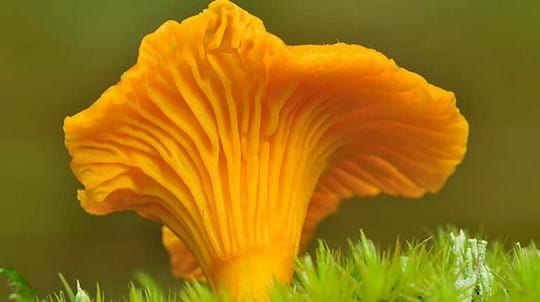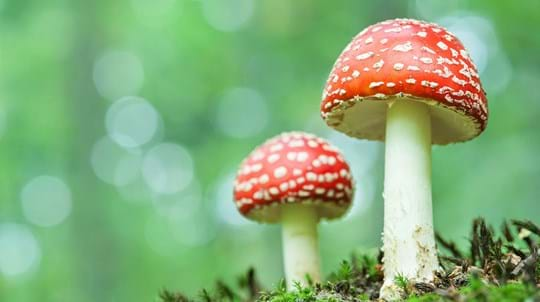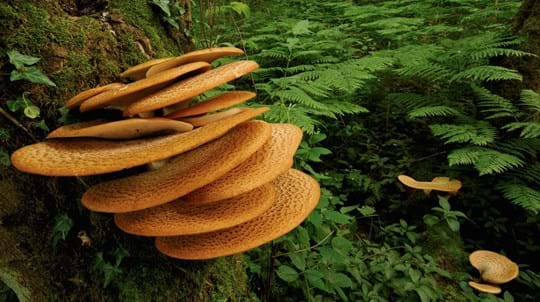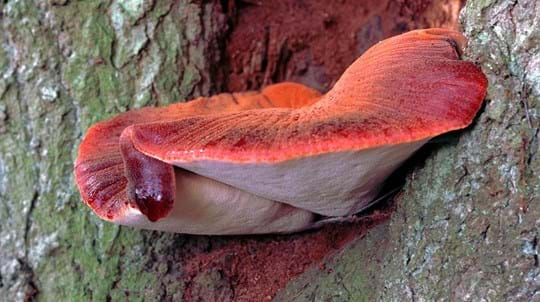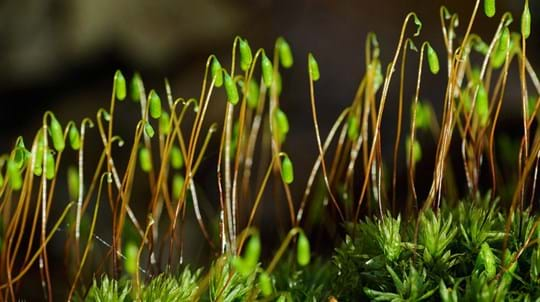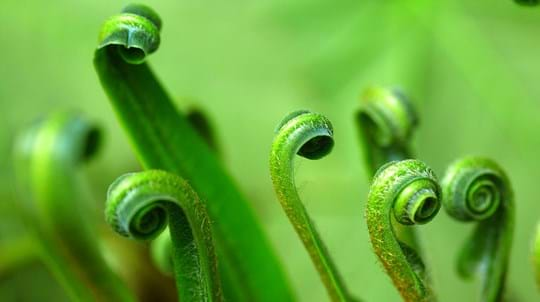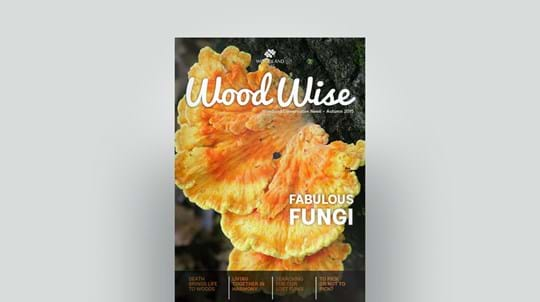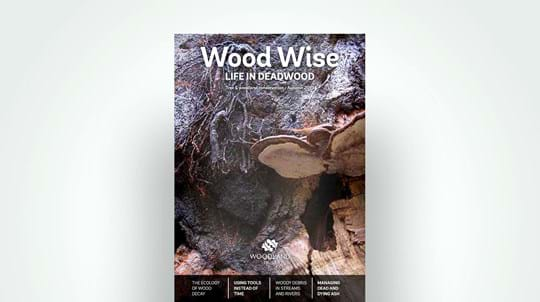
Credit: Ivan Kmit / Alamy Stock Photo
Where to find fly agaric
Fly agaric is native to the UK. It grows in woodland and heathland on light soils among birch, pine or spruce. It is a fungus that often forms mycorrhizal associations with birch, but also other trees.







